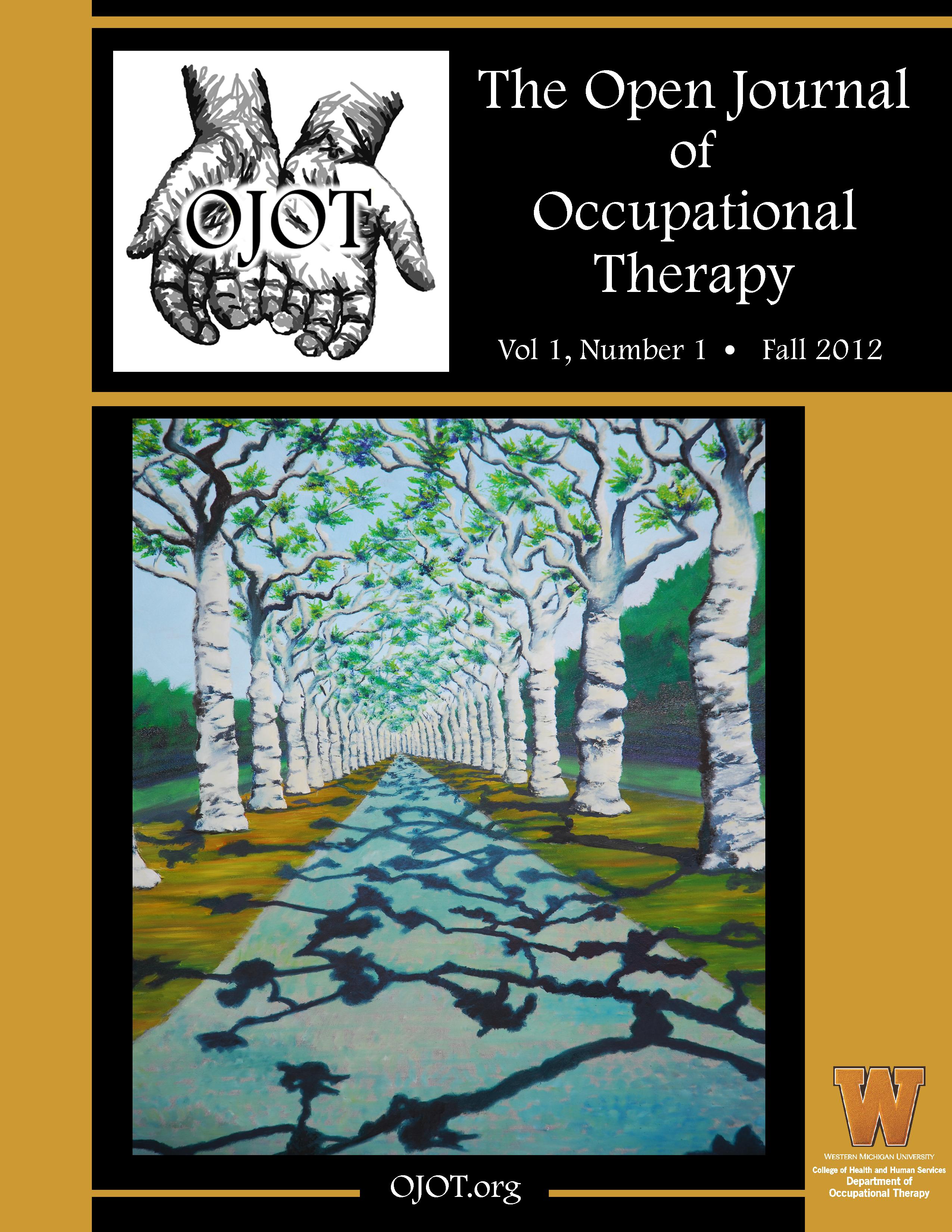ScholarWorks > HHS > OT > OJOT > Vol. 10 > Iss. 2 (2022)
Credentials Display
Supawadee Cindy Lee, PhD, MS, MA, OTR/L
Abstract
Background: The purpose of this study was to evaluate the effectiveness of a computer-based and a traditional activity/practice-based intervention for improving the visual motor abilities of children with autism.
Methods: A group, pre-post, experimental design was used with randomization of subjects to four intervention conditions: a computer-based training, a therapeutic practice intervention, the combination of a computer-based training and therapeutic practice intervention, and a martial arts exercise. A sample of 34 preschool children with autism and visual motor integration deficits between 3 and 5 years of age were recruited. The Wide Range Assessment of Visual Motor Abilities was administered pre and postintervention to measure visual motor integration abilities and response to treatment. Group differences at posttesting were analyzed using a one-way analysis of variance, and paired t-tests were used to evaluate change in visual motor integration skills for each groupfollowing the intervention.
Results: The results showed a significant improvement in visual motor abilities in the therapeutic practice intervention group and the combination of computer-based training and therapeutic practice intervention group. The computer-based training and martial art groups did not yield significant results.
Conclusions: The results of this study can provide important information to therapists, teachers, and other related professionals as well as parents and consumers about the effectiveness of traditional therapeutic practice and the combined computer-based and traditional therapeutic practice treatments for preschoolers with autism. Future research on computer-based training in preschool children with autism is warranted.
Recommended Citation
Lee, S. C. (2022). Comparison of Computer-Based and Therapeutic Activity Interventions for Improving Visual Motor Abilities of Preschoolers with Autism: A Randomized Control Study. The Open Journal of Occupational Therapy, 10(2), 1-11. https://doi.org/10.15453/2168-6408.1856


